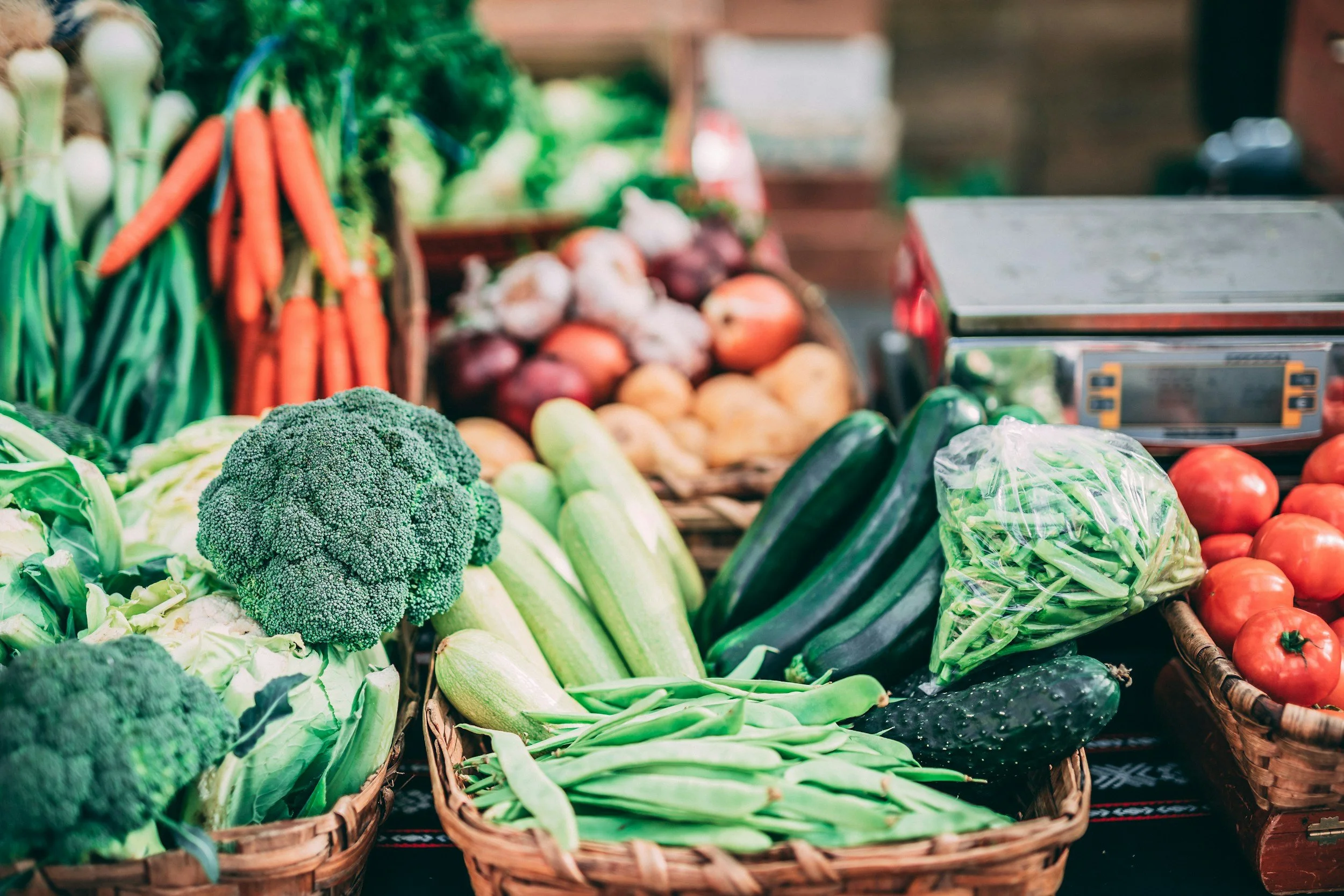ADDING FIBER TO YOUR DIET
When it comes to nutrition, maintaining consistent calorie intake gets a lot of airtime, and focus on protein often gets the spotlight. However, don’t underestimate the importance of adequate fiber intake. Fiber plays a critical role in maintaining overall health and well-being, particularly when it comes to digestion and metabolism. Understanding the benefits of fiber and how to incorporate more of it into your diet can lead to significant improvements in how you feel every day.
Fiber is a type of complex carbohydrate that can’t be completely broken down, or digested, by your body. While that might sound like a downside, it’s actually one of fiber’s greatest strengths. Because it isn’t broken down by your digestive enzymes (instead, it passes relatively intact through your stomach, small intestine and colon, and out of your body), it helps regulate your digestive system as well as your appetite. In addition to digestive benefits, fiber can also help control blood sugar levels and lower cholesterol levels.
Meeting your fiber needs is usually a sign that you are getting the micronutrients you need through whole foods, as fiber is mainly found in fruits, vegetables, whole grains, and legumes. Adding high-fiber foods into your diet can help to increase the volume of your meal without adding a substantial amount of calories, and meals with a fiber component can keep you feeling more satiated, too. (This can be especially beneficial for those in a calorie deficit!)
Despite its benefits, many of us don’t get enough fiber in our diets. When working with clients, my general recommendation for fiber intake is at least 25g/day for females and 30g/day for males.
Here are some high-fiber foods that can be added to your diet to get you closer to your recommended fiber intake.
HIGH FIBER FOODS
Apples
Bananas
Berries
Oranges
Broccoli
Brussels sprouts
Leafy green vegetables
Potatoes
Carrots
Seeds (like chia, flax, sunflower, and pumpkin)
Nuts (like almonds, pistachios, and walnuts)
Beans and legumes (like lentils, chickpeas, black beans, and navy beans)
Whole grains (like oats, brown rice, barley, and whole wheat pasta)
HIGH FIBER SNACKS AND MEALS
Apple or banana + nut butter
Raw veggies + hummus
Greek yogurt + fruit + granola
Rice cake + nut butter
Smoothies
Popcorn
Roasted edamame
Chia pudding
Oatmeal (or overnight oats) + flaxseeds + fruit
Cottage cheese + fruit
Crackers + avocado
Tortilla + beans + cheese
Fiber is an essential component of a healthy diet, with benefits that extend far beyond just digestion. It can feel like another thing to consider, but it doesn’t have to! By ensuring that you are including plenty of fruits and vegetables in your diet, you are already making great progress toward your fiber goals. These small, intentional changes and additions can improve your digestion, support a balanced metabolism, and enhance your overall well-being.
Need more no-nonsense nutrition information in your life? Sign up for our weekly email – it gets delivered directly to your inbox each Friday morning, and is full of tips + tricks, recipes, resources, and paths to follow to get away from misleading diet culture so that you can find a flexible (and, dare I say, enjoyable?) approach to your nutrition.

